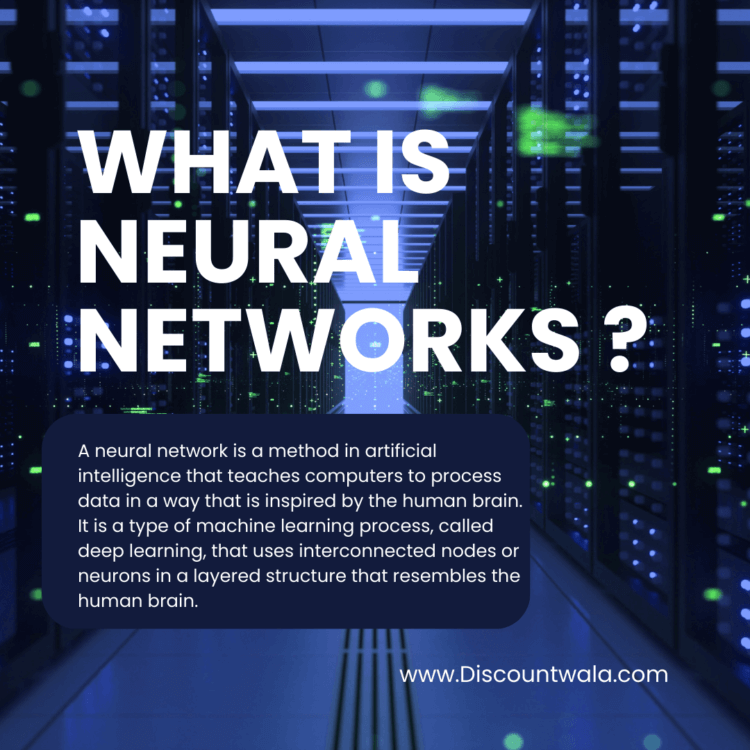Demystifying Neural Networks: A Comprehensive Guide to Understanding Neural Networks
What Are Neural Networks?
Key Components of Neural Networks
Input Layer: The starting point of a neural network, where data is inputted for processing.
Hidden Layers: These layers, positioned between the input and output layers, perform complex computations and feature extraction. The number of hidden layers and the number of neurons in each layer can vary, influencing the network’s capacity to capture intricate patterns.
Weights and Biases: Neural networks learn from data by adjusting weights and biases associated with connections between neurons. These adjustments enable the network to make accurate predictions or classifications.
Activation Functions: Activation functions introduce non-linearity to the network, allowing it to model complex relationships within data.
Output Layer: The final layer produces the network’s predictions or classifications based on the information processed in the hidden layers.
Types of Neural Networks
Feedforward Neural Networks (FNN): The simplest form of neural networks, where information flows from input to output without loops or cycles.
Convolutional Neural Networks (CNN): Ideal for image and video analysis, CNNs utilize specialized layers to automatically detect patterns like edges, textures, and shapes.
Recurrent Neural Networks (RNN): These networks can process sequential data, making them suitable for tasks involving time-series data and natural language processing.
Long Short-Term Memory (LSTM) Networks: A type of RNN designed to capture long-range dependencies in sequential data, crucial for tasks like language modeling and speech recognition.
Generative Adversarial Networks (GAN): Consisting of two networks (a generator and a discriminator), GANs create new data instances that closely resemble the training data.
Applications and Impact
Healthcare: From diagnosing diseases in medical images to drug discovery, neural networks have enhanced accuracy and efficiency in healthcare processes.
Finance: Neural networks aid in stock market predictions, fraud detection, and algorithmic trading by recognizing complex financial patterns.
Marketing: Customer behavior analysis, sentiment analysis, and personalized recommendations leverage neural networks to understand consumer preferences.
Autonomous Systems: Self-driving cars and drones use neural networks for real-time decision-making based on environmental data.










No Comments
Leave Comment